Here’s what happens if you try to recharge non-rechargeable batteries:
You can recharge an Alkaline battery.
But recharging an alkaline battery will produce a gas byproduct, which in turn will create pressure in the battery seal.
The seal can burst after a while, which can be very dangerous, even explosive.
Don’t recharge non-rechargeable batteries.
So if you want to learn all about what happens exactly if you recharge non-rechargeable alkaline batteries, then this article is for you.
Keep reading!
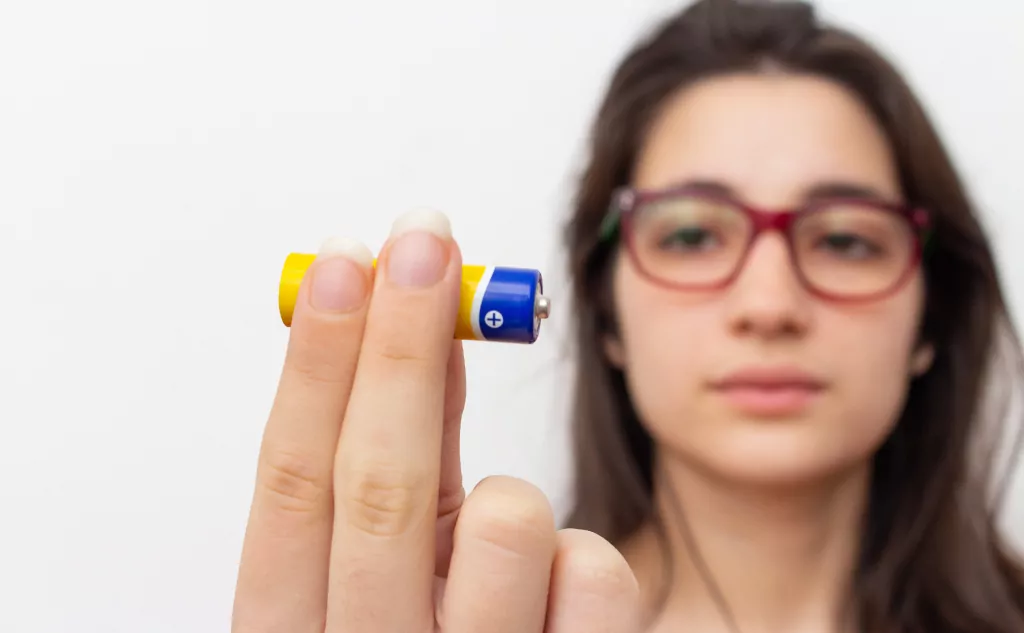
What Is the Nature of Alkaline Batteries?
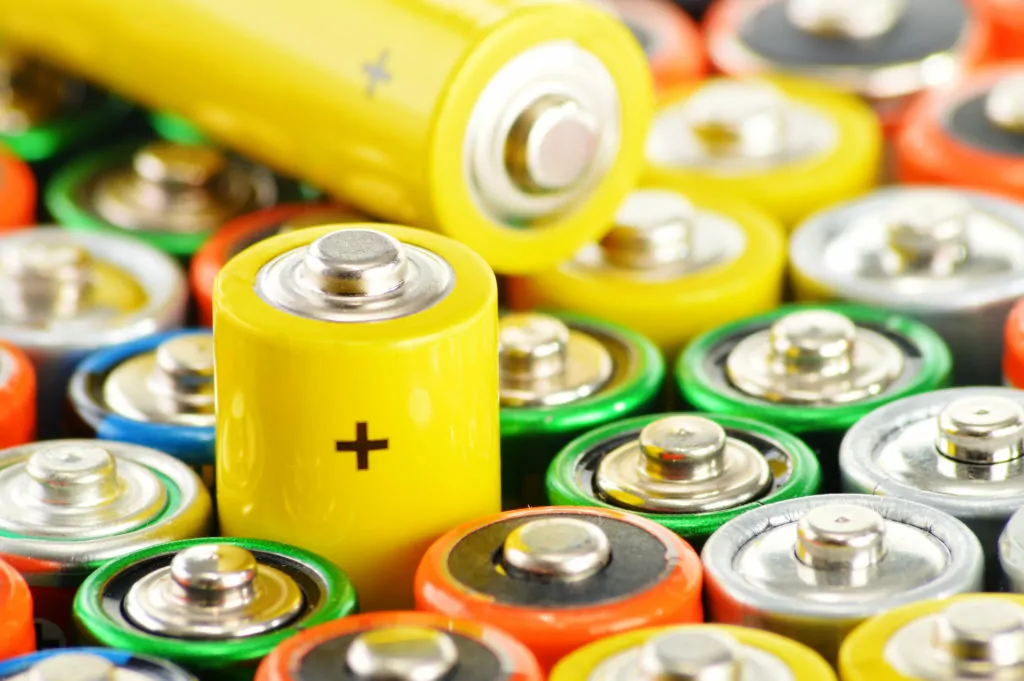
Normal, traditional alkaline batteries, the kind you get in the store next to the checkout aisle or similar, can be recharged.
Who would have known?
However, there is a really big “HOWEVER,” it’s not efficient or practical.
Why?
Mainly, the traditional battery doesn’t recharge very fast, and there is a risk factor of something going wrong.
The big problem for people in terms of health is off-gassing.
Most people think the risk involved is the chance of fire, but a traditional battery produces gas emissions when it is recharged.
From the store to the consumer, alkaline batteries are sealed.
They only have leakage problems when they get old, and the battery acid builds up and pushes out.
Folks notice this with old battery corrosion in a device and the weird bubbling on the end of the battery when it’s pulled out.
If an alkaline battery is installed in a recharger, it’s going to create a gas byproduct, which is, in turn, going to create pressure inside the battery seal.
That can burst after a time, which can be dangerous, even explosive.
Rechargeable batteries don’t have this problem because they are specifically designed to allow the pressure to release.
What to Expect with Recharging Alkaline Batteries?

The traditional alkaline battery is an assembly of zinc metal.
Under normal circumstances, this metal is designed to work as a negative electrode, releasing chemical energy.
As the positive side is connected, the circuit is made complete, and the battery discharges until drained.
Although not intended to be recharged by a consumer, one can expect to restore energy storage to an alkaline battery anywhere from 5 to 20 charging cycles using an alkaline charge.
Why so much variation?
It depends on the manufacturer, design, and materials used. Cheaper batteries do worse, and high premium brands hold a recharge better.
What Are the Dangers with Recharging Normal Alkaline Batteries?
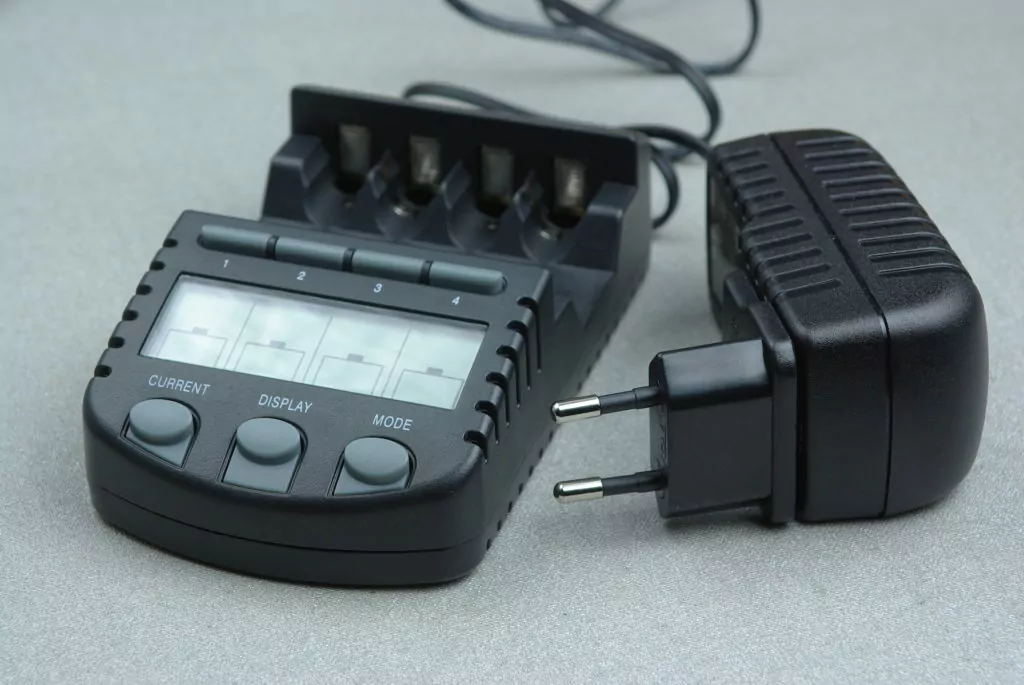
Again, the risk of explosion comes in the form of pressure release.
The burst possible is not a Hollywood-style boom.
Instead, as the charging process activates the alkaline battery, the gas buildup inside the sealed unit reaches a critical mass and pushes out on the seals.
Once broken, the seal will burst when it’s too much, and that burst, or pop, will basically release all the pressure built up inside.
Obviously, one doesn’t want to be near the unit when that happens, as the risk of battery acid spillage is high.
Battery acid involves potassium hydroxide. When it comes in contact with skin, it will immediately burn and cause a serious chemical injury.
A large enough burn will also result in permanent scarring and disfigurement.
The longer the acid stays on the skin, the more damage it will cause, which can get down below the subdermal layer of the skin and create a serious open wound problem.
A worse injury can be if the battery acid happens to splash or spray near or into the eyes.
The eye will immediately become irritated, swollen, and tear up, trying to remove the problem.
Immediately flushing the injured eye with water for up to 20 or 30 minutes is essential, as well as professional medical attention.
In either case, alkaline battery acid injuries should not be ignored or dismissed. They can be extremely painful, hard to heal, and leave permanent damage.
What Is the Rationale for Charging Non-Rechargeable Batteries?

Why would someone go through the trouble of recharging standard alkaline batteries?
While it’s not common, some folks truly do feel everything used should be consumed to the greatest extent possible.
If a standard battery can be recharged to be useful again, that’s more utility out of the same item and less consumption and money spent on replacements over time.
This can be quite useful for more expensive alkaline batteries such as some of the bigger units or less bought models, such as the D and 9 V batteries.
Compound the recycling with the fact that alkaline batteries, when they are replaced, are considerably cheaper in the store, and in theory, one is produced a high-efficiency, low-cost curve of consumption.
For others, this might seem like a lot of work and risk for saving a few pennies or dollars.
It really depends on how one defines their budget sensitivity and role in consumable goods.
Other folks argue it’s better to keep using the traditional alkaline battery.
The output of 1.5 V is notably better than the 1.2 V performance in rechargeable batteries, affecting performance when needed.
Again, this is a bit of personal taste.
Most folks are just happy that the batteries work until a flashlight or electronic device seems to be winding down.
Then it’s time to replace the batteries again.
What Is the History of Rechargeable Batteries?
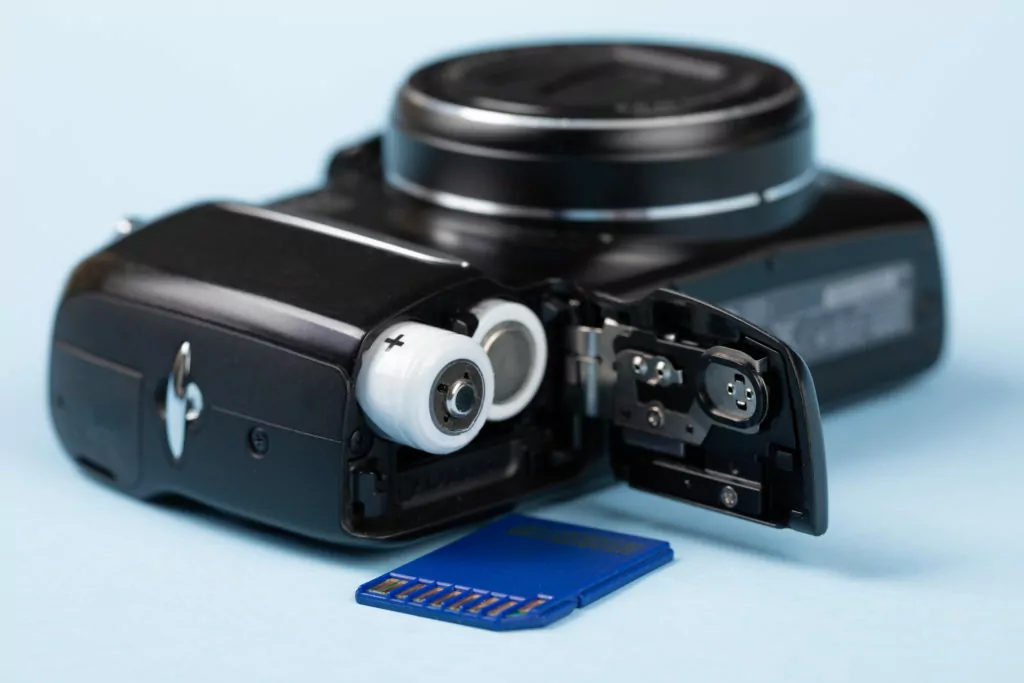
For decades, people have been relying on traditional alkaline batteries for portable power away from a wall plug.
The first AA battery appeared at the beginning of the 20th Century in 1907 and, after World War II, it became standardized industry-wide in 1947.
That then became the battery model most folks are familiar with, from Baby Boomers to Millennials.
Whether it was powering flashlights, keeping Walkman’s playing music and boom boxes rattling people’s nerves, or running portable fans at the beach, the mundane but critical alkaline battery has been our solid standby for portable power.
That said, the rechargeable battery has made many inroads in what used to be a traditional battery market.
The first time consumers really started seeing rechargeable batteries was at the beginning of the 1990s.
Until then, all consumer batteries in the store were the standard alkaline type kids remember being so essential at Christmas time.
Remember the “batteries not included” phrase on the toy box?
The brand distinction had the label, NiCad (Nickel-Cadmium) on them, signifying the ability to recharge the battery product.
This was a whole new alternative opening up, and folks weren’t quite sure how reliable rechargeable batteries were.
Soon enough, they started getting marketing with green labeling to take advantage of a growing sentiment for sustainability and a coloring scheme that visually set rechargeable batteries apart from traditional choices.
The next evolution came about a decade later with the release of the Nickel Metal Hydride or NiMH rechargeable batteries.
These later batteries had far greater power capacity, lasted longer, didn’t get burned out from recharging (i.e., the memory effect), and sold for the same price.
Essentially, the early NiCad batteries were made obsolete in less than ten years.
And, for anyone who wanted something that really lasted long and could be recharged thousand times over, the Lithium batteries took the stage en masse.
These are the rechargeable battery standard for cameras, field devices, power tools, and similar where extensive power capacity is needed, as well as durability and reliability for days on end.
The itty-bitty alkaline battery never stood a chance against its Lithium descendent.
What Batteries Are Available Today?
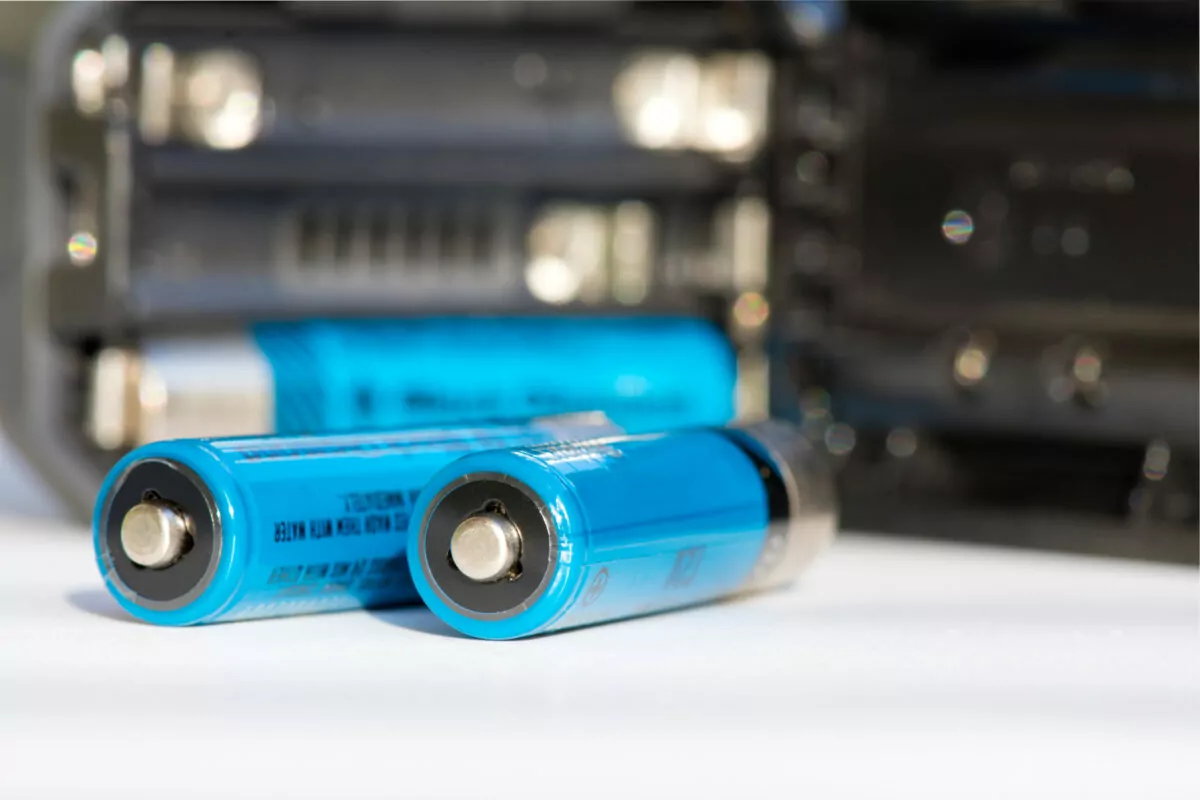
Is it possible to find NiCad batteries and other odd offshoots? Yes.
They still exist and are made, but folks typically have to go through a specialty shop as general consumer stores don’t carry them.
Interestingly, while the latest rechargeable options are on the shelf, the traditional alkaline battery still dominates the options and choices consumers can buy.
They are cheaper, do the job, and are produced in significant numbers.
Even with the fact that one has to buy new ones, the traditional batteries are just seen as more convenient for what’s needed in small devices.
Why Shouldn’t You Recharge Alkaline Batteries?
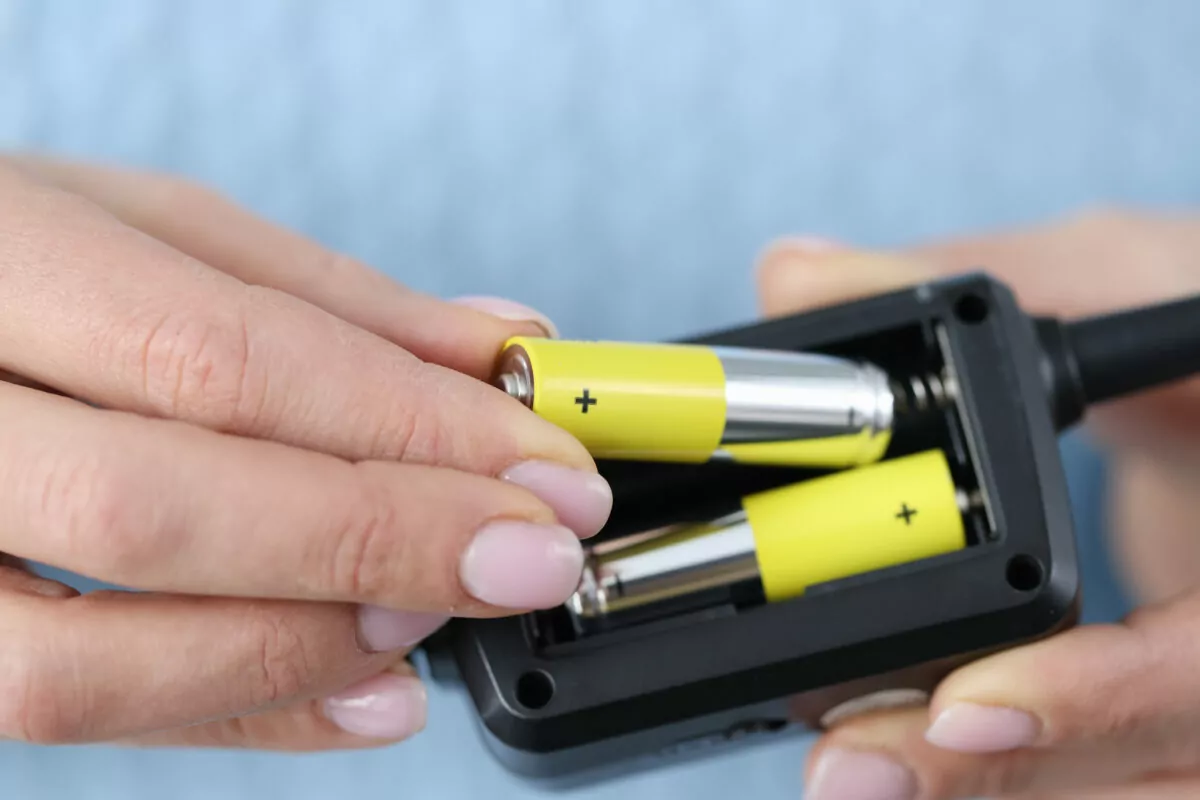
So, in short, the advantages of using a true rechargeable battery are that it comes charged, to begin with.
It doesn’t lose its power very fast when sitting around in a drawer, it’s easier on the environment when the unit finally needs to be discarded (less toxic components), and it recharges in 3-4 hours.
In comparison, trying to recharge a traditional battery could take at least half a day up to 16 hours.
There’s the risk of a minor explosion from the gas pressure.
In addition, it doesn’t charge very well or hold the charge efficiently, you need an alkaline-specific charger, and it won’t work after a few cycles.
Given all the above, it only makes sense to use rechargeable-specific batteries from the start.
Don’t recharge non-rechargeable batteries.

